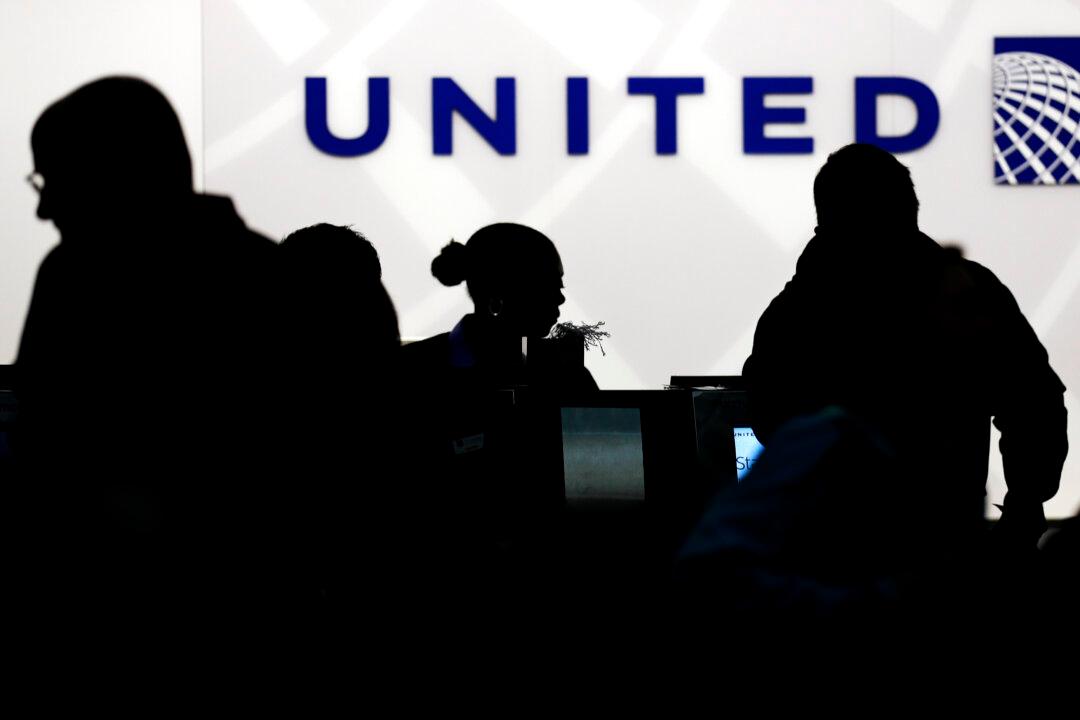By Lauren Zumbach
From Chicago Tribune
United Airlines and one of its regional carriers each plan to buy up to 100 small electric planes that could be used on short-haul United flights.

United Airlines and one of its regional carriers each plan to buy up to 100 small electric planes that could be used on short-haul United flights.